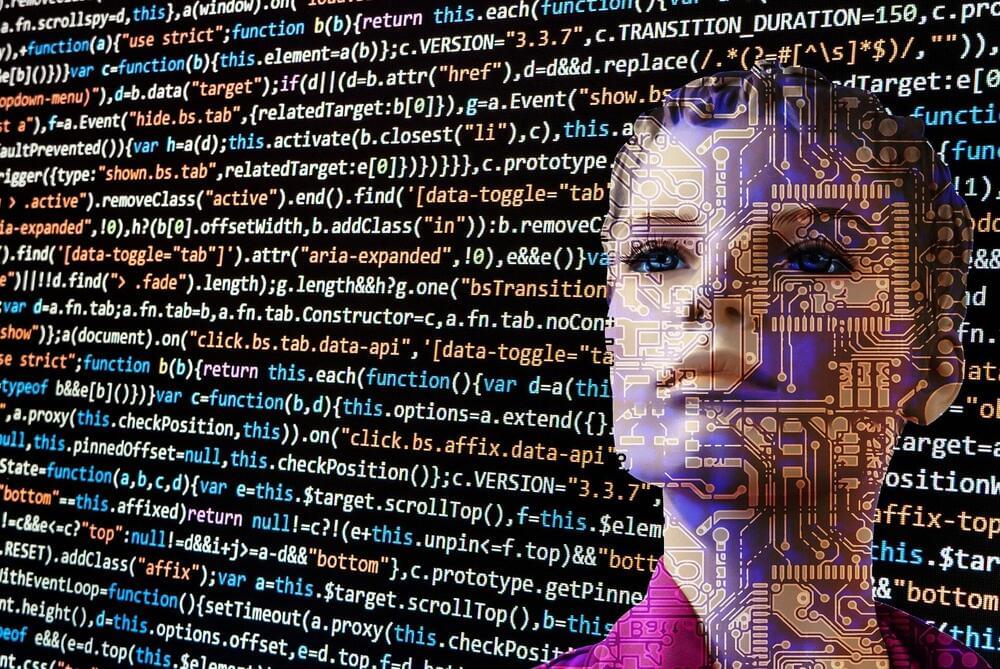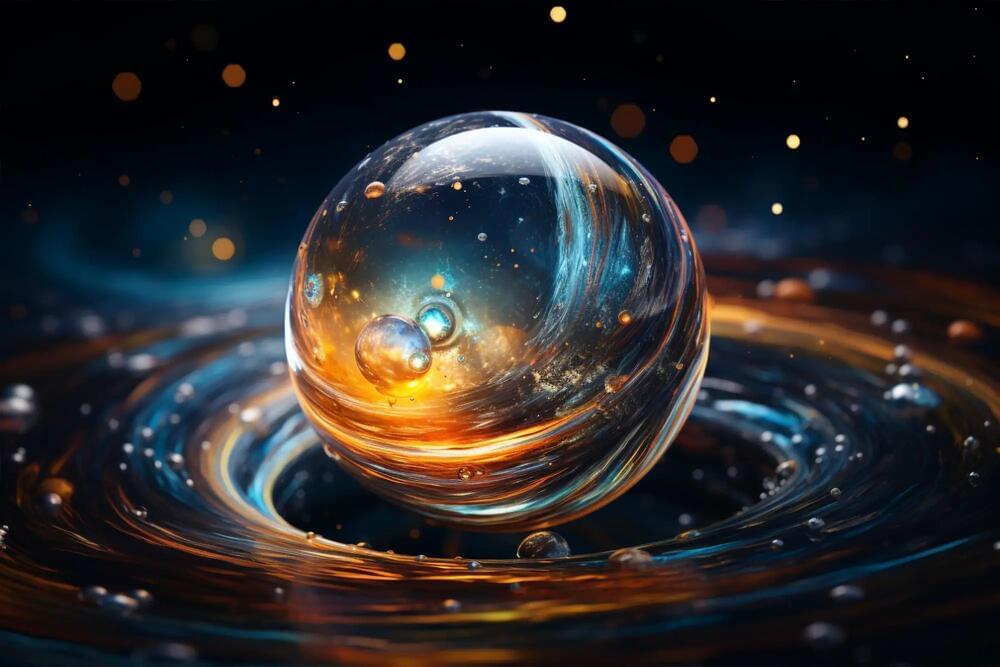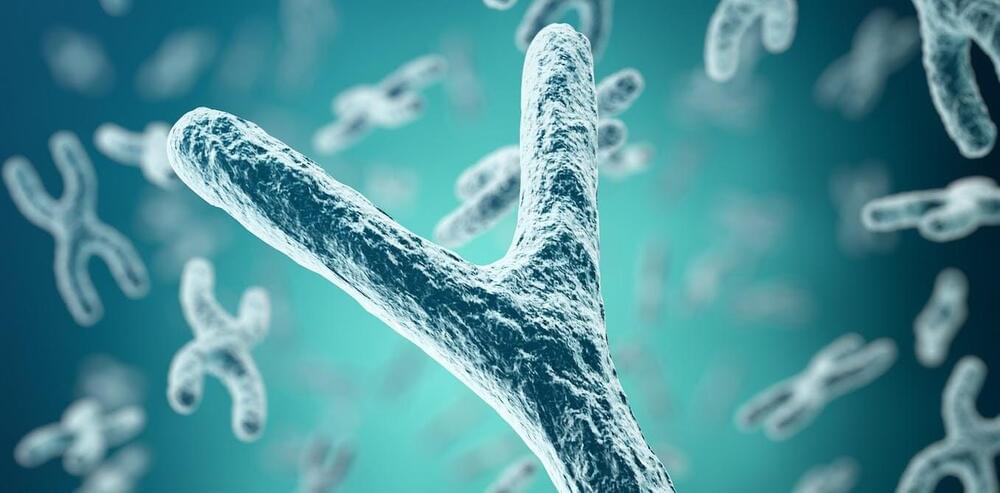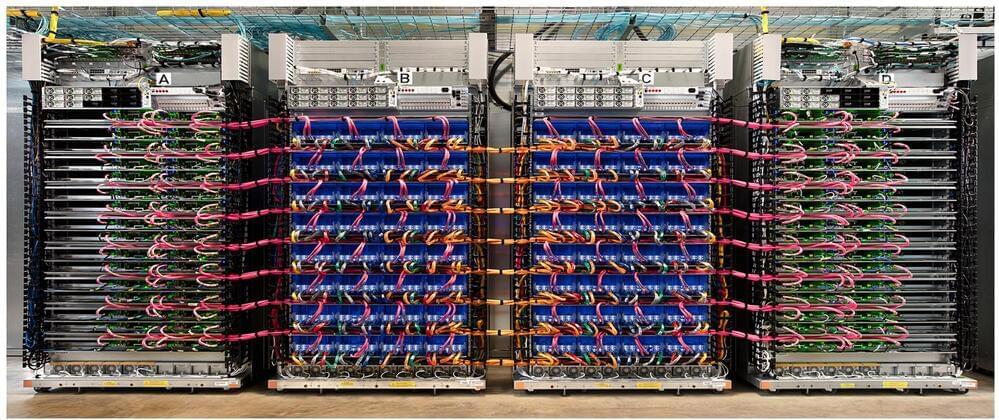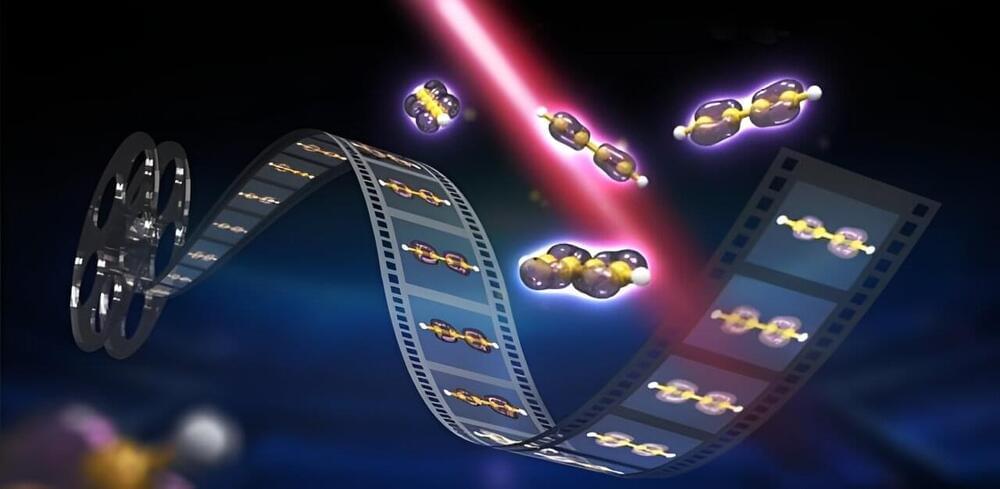There is a joke about the daughter who asks her dad why he speaks so quietly around the house. “Because there is artificial intelligence everywhere that is listening to what we say,” the dad replies. The daughter laughs, the father laughs. And Alexa laughs.
Artificial intelligence does seem to be injecting itself into more and more aspects of our lives. And as AI brains earn the equivalent of a million doctoral degrees while absorbing trillions of bits of data and in turn generate responses with an engaging tone and demeanor that sound as simple and humanlike as your favorite old college professor, some feel compelled to ask: Are computers becoming sentient?
A cynic would respond, “Of course not. Computers may solve problems in seconds that would take humankind generations to solve, but they can’t feel love and pain, can’t see and appreciate the moon and the stars, can’t smell the coffee we spill on the keyboard.”
